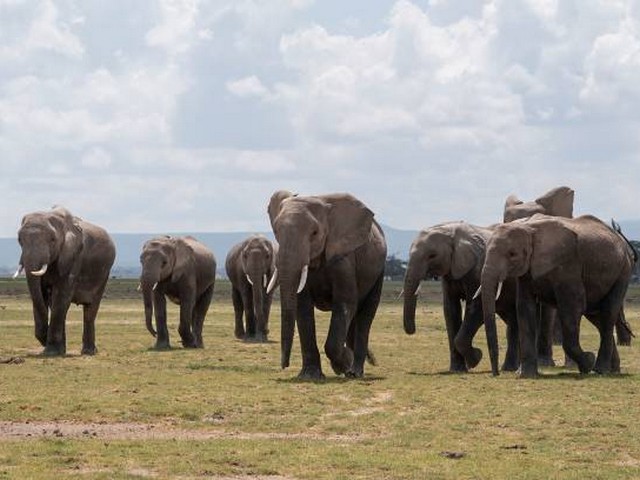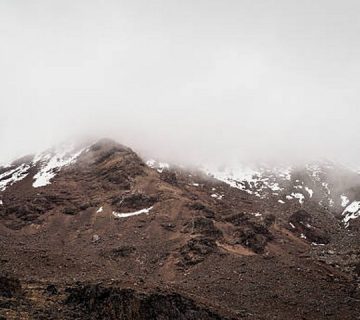How To Treat Minor Injuries On Kilimanjaro
Embark on the Adventure of a Lifetime, Safely
Climbing Mount Kilimanjaro, a beacon for adventurers worldwide, is a life-changing experience that challenges the body and spirit in equal measure. At Kilimanjaro Centre for Trekking and Ecotourism (KCTE), we believe that preparation is your best companion on the journey to Uhuru Peak. One essential aspect of preparation is knowing how to address minor injuries that might occur along the way.
Whether you’re scaling the Lemosho Route or conquering the Machame Trail, minor scrapes, sprains, and blisters can happen. Being equipped with the right knowledge and tools can not only make your trek more comfortable but also prevent complications that could hamper your summit dreams. Let’s explore how you can treat minor injuries on Kilimanjaro, ensuring a memorable and safe adventure.
Understanding Common Minor Injuries on Kilimanjaro
Blisters: The Trekker’s Trial
Blisters are the most common ailment on the mountain. Caused by friction, moisture, and pressure, blisters can turn a fantastic trek into a painful ordeal.
Cuts and Scrapes: More Than Just a Scratch
The rugged terrain of Kilimanjaro can lead to minor cuts and scrapes. Though they may seem trivial, in the wild, proper care is crucial to prevent infection.
Sprains and Strains: A Misstep Away
Navigating rocky paths and steep trails can sometimes lead to sprains or strains. Recognizing and treating these injuries promptly can help keep you moving towards your goal.
Prevention: Your First Line of Defense
Choosing the Right Gear
Invest in well-fitting footwear and break them in before your trek. High-quality socks are equally important to prevent blisters. Gear up with appropriate clothing to shield your skin from scrapes and cuts.
Strengthen and Condition
Prepare your body for the demands of Kilimanjaro by strengthening your legs, core, and ankles. Flexibility and balance exercises can reduce your risk of sprains and strains.
Mind Your Step
Stay vigilant on the trail. Watch where you step and use trekking poles for additional stability and support.
First Aid Tips for Minor Injuries
Treating Blisters
- Prevention First: Apply adhesive bandages or blister cushions on hot spots.
- Clean and Cover: If a blister forms, clean the area gently with antiseptic wipes and cover it with a sterile blister dressing.
Caring for Cuts and Scrapes
- Cleanse Thoroughly: Rinse the wound with clean water and gently clean around the wound with soap and a clean cloth.
- Disinfect: Apply a small amount of antiseptic to the cut.
- Protect: Cover with a sterile adhesive bandage or gauze.
Managing Sprains and Strains
- Rest and Elevate: Stop using the injured part and try to elevate it.
- Ice: Apply an ice pack wrapped in a cloth for 15-20 minutes every two hours.
- Compress and Support: Use an elastic bandage for compression. Adjust as needed to ensure it’s not too tight.
Carrying a First Aid Kit: What You Need
Prepare a lightweight, comprehensive first aid kit that includes:
- Sterile gauze and bandages
- Adhesive tape
- Antiseptic wipes and cream
- Blister treatment supplies
- Elastic wrap for sprains
- Scissors and tweezers
- Pain relief medication
- Antihistamines for allergic reactions
KCTE: Ensuring Your Safety on Kilimanjaro
Here at Kilimanjaro Centre for Trekking and Ecotourism, your safety and enjoyment are our priorities. Our expert guides are trained in wilderness first aid and carry comprehensive medical kits. They’re equipped to handle minor injuries efficiently and ensure you have the safest and most exhilarating experience on Mount Kilimanjaro.
Conclusion: Ready for the Roof of Africa?
Understanding how to treat minor injuries on Kilimanjaro is crucial for a safe and successful trek. Equipped with the right knowledge, preparation, and support from KCTE, you’re ready to embrace the challenges and joys of climbing this majestic mountain. Remember, every step you take is towards not just reaching a physical summit, but also achieving a pinnacle of personal accomplishment.
Book Your Climb with KCTE Today!
Ready to stand on top of Africa? Book your Kilimanjaro adventure with Kilimanjaro Centre for Trekking and Ecotourism (KCTE) and experience the climb with the best in the business. Let’s make your summit dreams a reality. Visit us at [KCTE’s official website] for more information and booking details.
FAQs: Treating Minor Injuries on Kilimanjaro
What should I do if my blister pops on its own?
Clean the area with antiseptic and apply a sterile dressing. Avoid removing the loose skin as it provides natural protection against infection.
How often should I change the dressing on a cut?
Change the dressing daily or anytime it becomes wet or dirty to prevent infection.
Can I continue trekking with a sprained ankle?
It depends on the severity. Mild sprains might allow for gentle walking with support, but always consult with your guide. Severe cases may require descent and medical evaluation.
What are the signs of infection in wounds?
Watch for increased redness, swelling, warmth, pain, or pus. If you notice these signs, seek medical help from your guide immediately.
Climbing Kilimanjaro is more than just a trek; it’s a journey filled with learning and growth. With the right preparation and the expert support from KCTE, you’re set for an unforgettable adventure.




